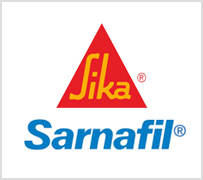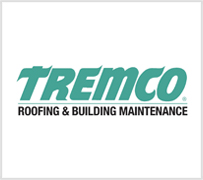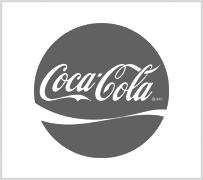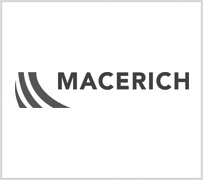
Home / News / Roofing Materials for Warmer Climates

Choosing the right roofing material for warmer climates can depend on many factors. Beginning with rules and guidelines, some states have a list of approved materials, or in other cases they may have a list of prohibited materials such as shake (wood) shingles, due to the fire hazard they represent.
The next thing to look into is any codes your neighborhood, home owners association or commercial district might have about the types of materials you can use, or even the colors you can use. Take a drive around the neighborhood and look at what other homes or businesses are using.
It’s also important to consider the slope and style of your roof. Some roofing materials, such as spray foam and membrane (BUR, PVC, TPO) are better on flat or low slope roofs, while shingles and metal work great on pitched roofs.
Finally, deciding on a budget for your roofing materials will also narrow down or expand your choices.
Here are some of the roofing materials that work well in warmer climates:
Asphalt Shingles — the standard three-tab asphalt shingle are the most popular option for roofing material. One of the least-expensive roofing options, asphalt shingles are available in a dozens of colors both solid and blended. The shingle products being made today are usually guaranteed for 20, or in some cases 30 years, making them an excellent value. A new variation of these are called dimensional or architectural shingles. These shingles are built up to be about twice as thick as a normal shingle with the layers staggered to give them a heavier, more substantial or \"architectural\" look. Shingles tend be one of the less energy efficient options, but are among the most economical options in terms of up-front cost.
Tile – can be made of slate, terracotta, clay or even concrete. They are beautiful, durable and tend to hold up well under the extreme weather conditions or warmer climates. They are one of the more costly roofing options, both because of the of the material as well as the weight, requiring a much more substantial roof structure to support the weight. Space beneath the arch of each tile provides for air circulation water runoff, which ultimately prevents heat capture and keeps the home or building cooler.
Metal Roofing —Metal roofs, in the form of corrugated, galvanized sheets, have been a standard features on barns and sheds for years. It is especially popular in snow country for its ability to allow snow to slide to the ground rather than building up on the roof. In warmer climates, it’s actually a great option due to the high reflectivity and the ability to rapidly cool down once the sun has gone down. Metal tends to cost 20-30% more up-front, but many times will end up saving money in the long run due to increased energy savings, durability and lower maintenance.
Foam — Spray Polyurethane Foam has been in use for roofing, particularly in the Valley of the Sun, for over 45 years. Foam is tough, long-lasting and affordable with excellent thermal resistance. It has one of the highest “r-values”, and is great at keeping the cool air in, and hot air out.
Built-Up Roofing (BUR) — Built-Up roofing consists of multiple layers of material that are laminated together. It is extremely versatile and can be installed over just about any type of roof deck. The multiple layers make the roof resistant to leaks, stronger and able to withstand all types of damage including foot traffic, significantly adding to its lifespan. With the proper coating, BUR becomes an excellent cool roofing option.
Modified Bitumen — Modified Bitumen (MB) is asphalt with modifiers added to it to give it plastic or rubber-like properties making it much more durable. Generally there are six (or more) layers that are all bonded together. MB has superior fire resistance and waterproofing characteristics. It has a very high tensile strength that resists thermal shock and damage. Finally, modified bitumen has one of the lowest costs per square foot for flat roofs.
Singly Ply Roofing — Single ply roofing membranes (sometimes referred to as PVC or TPO) is comprised of four basic elements — an insulation layer, a single ply membrane usually made of plastic or rubber, flashing and an adhesive. With the proper coating, single ply roofing is extremely energy efficient reflecting back much of the heat from the sun. Single ply is impact resistant and lightweight. It can accommodate unconventional roof designs. And finally, it has a life expectancy of 40+ years.
Green Roofing — Green roofing means literally turning your rooftop into a green space. In urban settings, these spaces are used as gardens to produce vegetables, edible plants and even small fruit trees. In some cases, the roofs in rural settings are planted with natural grasses and vegetation to help them blend in with the surrounds.
Solar Shingles — Another innovation has taken place in the solar panel industry. Rather than the big bulky panels, solar panels are now being shaped into smaller roofing tiles. The whole system is hooked together and works just like the larger panels and looks very much like a tile or shingle roof.
Global Roofing Group holds extensive experience with just about every roof type, and our team regularly trains on the latest roofing applications. Should you have any questions about which roof type will be the most economical or energy-efficient option for your property, please don’t hesitate to contact us.











